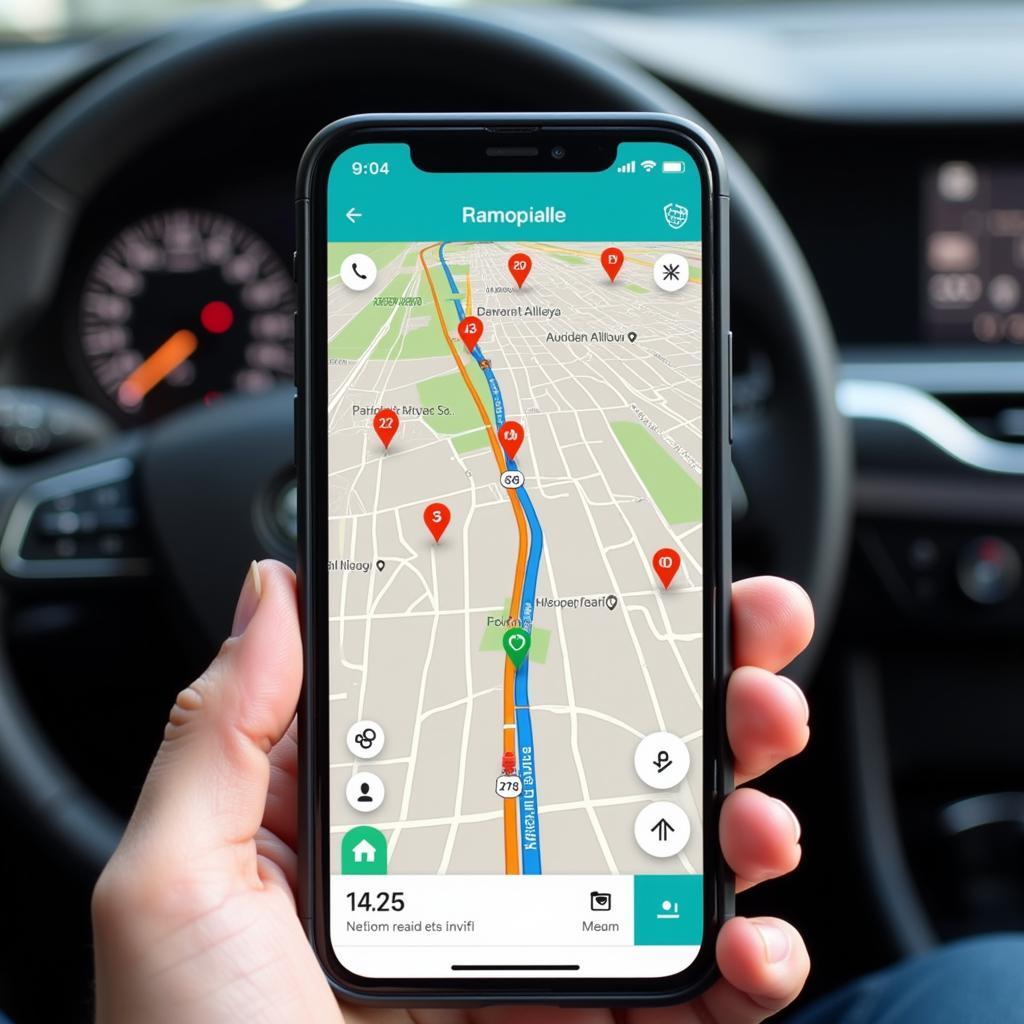Map and navigation-related topics frequently appear in IELTS Speaking tests, particularly in Part 2 cue cards. Understanding how to articulate your experiences with maps and navigation systems can significantly boost your speaking score. Similar to describe a memorable journey you had recently, this topic tests your ability to narrate personal experiences coherently.
Part 1: Introduction Questions
Common questions include:
- Do you often use maps when traveling?
- What kind of maps do you prefer – digital or paper?
- How did you learn to read maps?
Sample Answer (Band 8-9):
“I regularly rely on digital maps when exploring new places. I find them particularly convenient because they provide real-time updates and accurate routing. While paper maps have their charm, I predominantly opt for digital navigation tools due to their precision and functionality.”

Part 2: Cue Card
Talk about a time when you had to use a map or navigation system
You should say:
- When and where it was
- Why you needed to use it
- How helpful it was
- And explain how you felt about using it
Sample Answer (Band 8-9):
“I’d like to share an experience from my recent expedition to the historic district of Kyoto, Japan, which was quite similar to a describe a memorable day spent outdoors. I found myself navigating through the intricate network of traditional streets and alleyways.
I heavily relied on Google Maps because the area was notably complex with numerous temples and shrines scattered throughout. The navigation system proved invaluable as it not only guided me efficiently but also provided comprehensive information about points of interest.
What particularly impressed me was how the app seamlessly integrated public transportation schedules with walking directions. It precisely calculated arrival times and suggested optimal routes, which significantly enhanced my exploration experience.
I felt incredibly empowered using this technology, as it gave me the confidence to venture into lesser-known areas without the fear of getting lost. The experience reinforced my appreciation for modern navigation tools, much like describe a piece of technology you find helpful.”
Part 3: Discussion Questions
Q: How has navigation technology changed the way people travel?
Sample Answer (Band 8-9):
“Navigation technology has revolutionized travel in numerous ways. It has made exploration more accessible and reduced the anxiety associated with visiting unfamiliar places. People now feel more confident embarking on adventures, similar to experiences shared in describe a memorable hike or nature walk you had.”
Q: Do you think people rely too much on navigation apps?
Sample Answer (Band 8-9):
“While navigation apps offer undeniable convenience, there’s a valid concern about over-dependence. People might be losing their natural orientation abilities and basic map-reading skills. It’s crucial to maintain a balance between utilizing technology and developing fundamental navigation capabilities.”
Key Vocabulary and Phrases for High Scores
- Navigate through /ˈnævɪɡeɪt θruː/ (phrasal verb) – to find your way
- Rely heavily on /rɪˈlaɪ ˈhevɪli ɒn/ (phrase) – to depend greatly on something
- Comprehensive /ˌkɒmprɪˈhensɪv/ (adj) – complete and detailed
- Optimal route /ˈɒptɪməl ruːt/ (phrase) – best possible way
- Seamlessly /ˈsiːmləsli/ (adv) – smoothly and without problems
Remember to practice these expressions in context, similar to how you might describe describe a bicycle or car trip you had, to make your responses more natural and fluent.